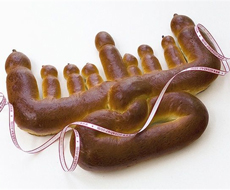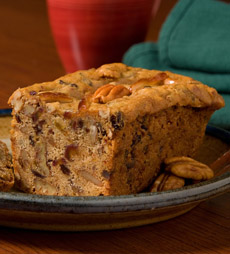|
CLUB SODA, SELTZER & SPARKLING WATER: WHAT’S THE DIFFERENCE
The overall category is carbonated water, also called soda water: water into which carbon dioxide gas under pressure has been dissolved, causing the water to become effervescent.
Carbonated Water: In the U.S., carbonated water was known as soda water until after World War II, due to the sodium salts it contained. While today we think of “soda” as a carbonated beverage, the word originally refers to a chemical salts, also called carbonate of soda (sodium carbonate, sodium hydroxide, sodium monoxide).
The salts were added as flavoring and acidity regulator, to mimic the taste of a natural mineral water. After the war, terms such as sparkling water and seltzer water gained favor. Except for sparkling mineral water, all carbonated water/soda water is made from municipal water supplies (tap water).
Carbonated water was invented in Leeds, England in 1767 by British chemist Joseph Priestley, who discovered how to infuse water with carbon dioxide by suspending a bowl of water above a beer vat at a local brewery. Carbonated water changed the way people drank liquor, which had been neat, providing a “mixer” to dilute the alcohol.
Club Soda: Like the original carbonated water, club soda is enhanced with some sodium salts.
Fizzy Water: Another term for carbonated water.
Seltzer or Seltzer Water: Seltzer is carbonated water with no sodium salts added. The term derives from the town of Selters in central Germany, which is renowned for its mineral springs. The naturally carbonated water—which contains naturally dissolved salts—has been commercially bottled and shipped around the world since at least the 18th century.
Sparkling Water: Another term for carbonated water/soda water. It can also refer to sparkling mineral water, which is pumped from underground aquifers. Note that not all sparkling mineral waters are naturally effervescent. Many are actually carbonated from still mineral water. Some are lightly carbonated by nature, but have extra carbonation added at bottling to meet consumer preferences.
Two Cents Plain: Another word for soda water, coined during the Great Depression, when plain soda water was the cheapest drink at the soda fountain.
FOOD TRIVIA
Of all the fruit that is commercially grown in the U.S., only the blueberry, cranberry and Concord grape are native to North America.
|







